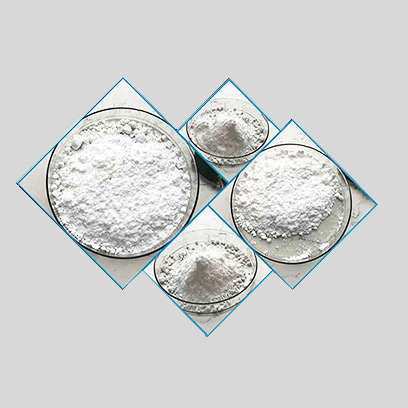
8 月 . 17, 2024 23:18 Back to list
Wholesale Lithopone Market Trends and Insights for 2023 and Beyond
The Wholesale Lithopone Market Trends and Insights
Lithopone, a white pigment made by blending barium sulfate and zinc sulfide, plays a vital role in various industries, including paints, coatings, plastics, and rubber. Its unique properties, such as high opacity, excellent weather resistance, and lower cost compared to other white pigments, position it as a popular choice for manufacturers looking to provide high-quality products at competitive prices. In this article, we will explore the wholesale lithopone market, highlighting trends, challenges, and future prospects.
Current Market Overview
The global lithopone market has experienced steady growth over the past few years, primarily driven by increasing demand from end-use industries. The paint and coatings segment is the largest consumer of lithopone, accounting for a significant portion of the market share. As consumers and manufacturers alike focus on sustainability and the ecological footprint of products, the demand for non-toxic pigments such as lithopone is expected to rise further.
According to recent market research, the wholesale lithopone market is projected to witness a compound annual growth rate (CAGR) of approximately 4% over the next five years. This growth can be attributed to several factors, including the expansion of manufacturing capabilities in emerging economies and the increasing use of lithopone in eco-friendly applications.
Regional Dynamics
Asia-Pacific is currently the dominant region in the wholesale lithopone market, accounting for a substantial share due to robust industrial growth and high demand for paints and coatings. Countries like China and India are major producers and consumers of lithopone, benefiting from low production costs and the presence of a large manufacturing base.
In contrast, North America and Europe follow closely, with a shift towards sustainable and high-performance products. Here, the regulatory framework encourages the use of non-toxic pigments, making lithopone an attractive option for producers aiming to meet stringent environmental standards.
wholesale lithopone market

Challenges in the Market
Despite its growth potential, the lithopone market faces several challenges that could hinder its expansion. One significant issue is the volatility of raw material prices. The production of lithopone relies heavily on barium and zinc, both of which are subject to price fluctuations based on supply and demand dynamics. This could affect wholesale pricing and profit margins for manufacturers.
Moreover, the market faces competition from alternative white pigments such as titanium dioxide, which, although more expensive, offers superior performance in terms of brightness and durability. As a result, manufacturers must continually innovate and enhance the quality of lithopone to maintain its market position.
Future Outlook
Looking forward, the lithopone market is poised for growth, driven by advancements in technology and the increasing demand for eco-friendly products. Innovations in production techniques can lead to improved quality and lower production costs, making lithopone an even more attractive option for manufacturers.
Furthermore, rising awareness regarding environmental sustainability is prompting industries to seek safer, non-toxic alternatives to traditional pigments. This trend is expected to bolster the demand for lithopone particularly in markets focused on low-VOC (volatile organic compounds) products.
In conclusion, the wholesale lithopone market presents a promising landscape characterized by growth opportunities amid challenges. Stakeholders must navigate raw material price volatility and competition while capitalizing on the increasing demand for sustainable solutions. With the right strategies and innovations, the lithopone market is set to continue its upward trajectory, contributing significantly to various industrial sectors over the coming years.
-
Lithopone for Plastic & TiO2 R-5568/SK-6658 Masterbatch Solutions
NewsMay.30,2025
-
China Leading Rutile TiO2 Manufacturer - R5566 & R996 Grades Available
NewsMay.30,2025
-
High-Purity Anatase & Rutile TiO2 Powder Trusted Manufacturer
NewsMay.30,2025
-
High-Purity Anatase Products Trusted Supplier & Manufacturer
NewsMay.29,2025
-
Best Price Eco-Friendly Rutile TiO2 Supplier & Wholesale Factory
NewsMay.29,2025
-
Chinese Anatase Titanium Dioxide for Ceramic Glaze Reliable Supplier
NewsMay.29,2025
